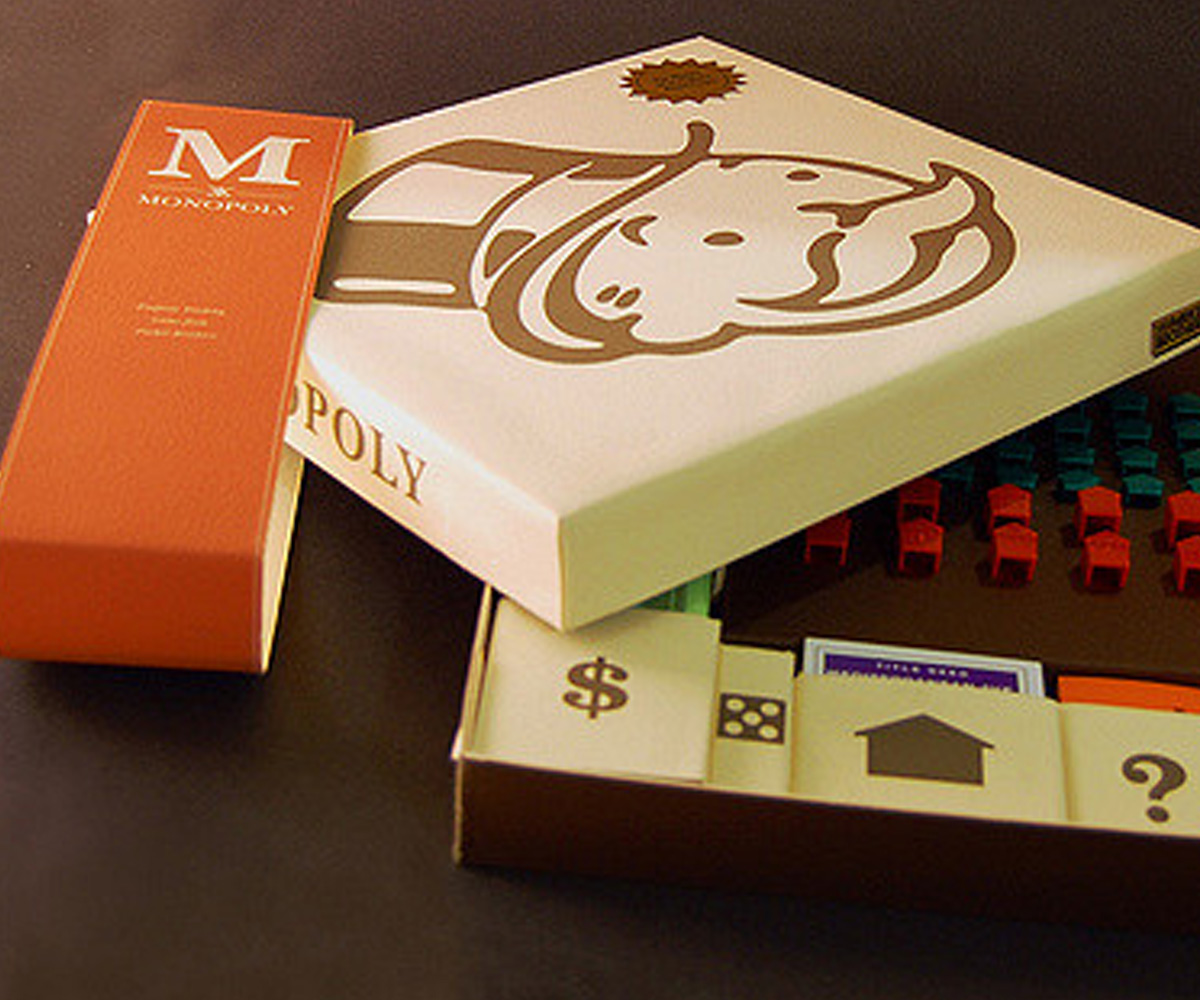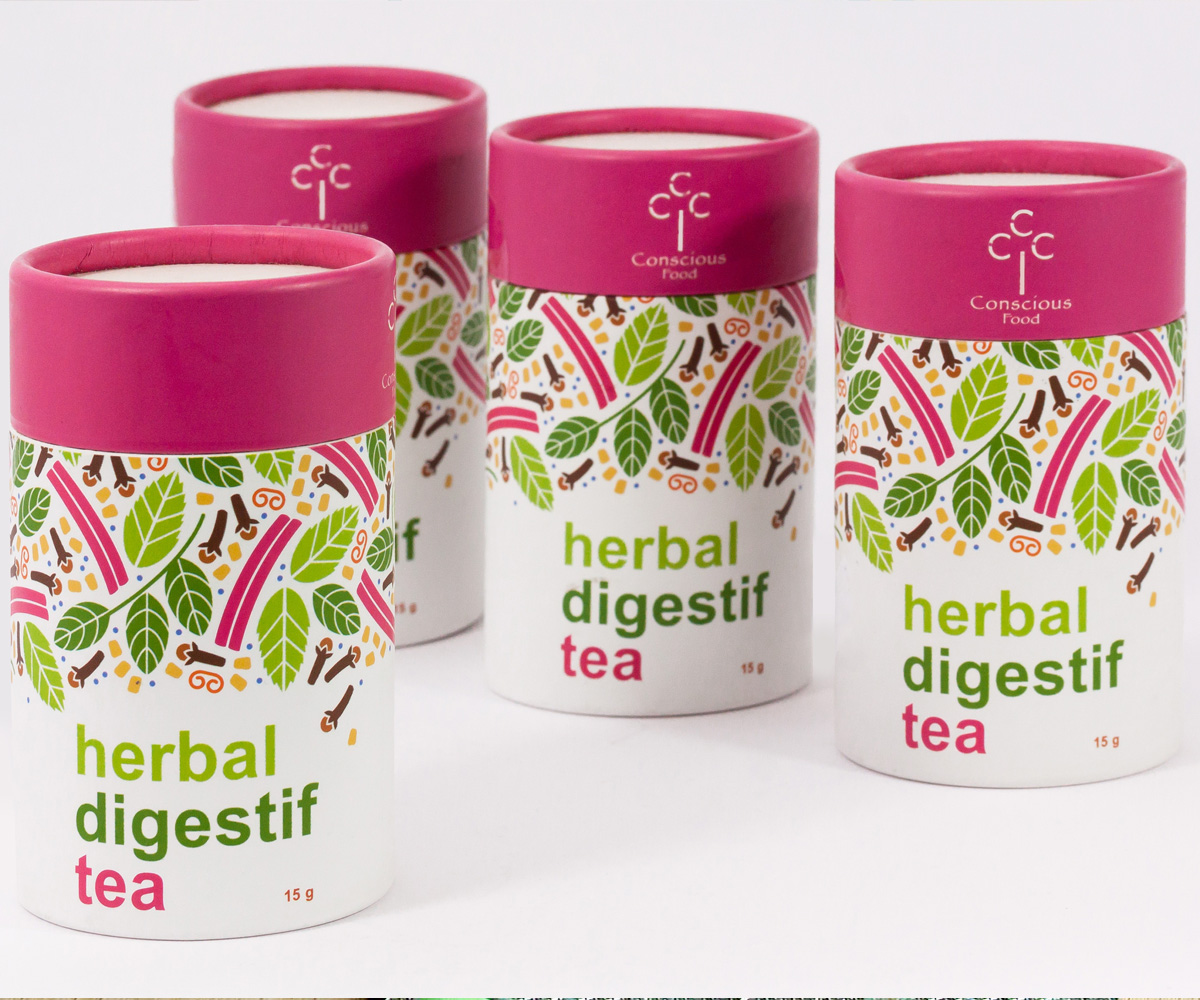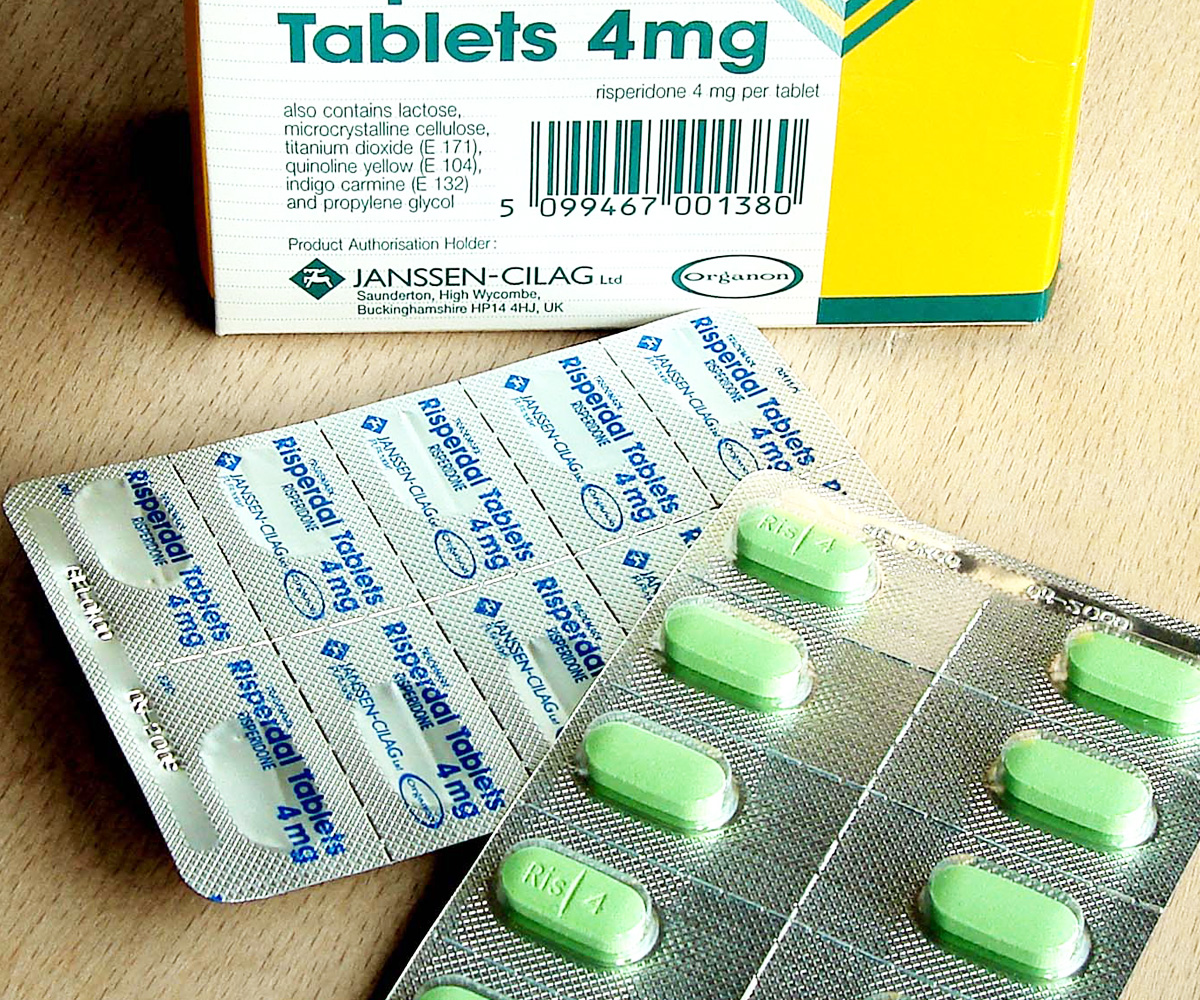With the increased emphasis on self-service marketing, the role of packaging is becoming quite significant. For example, in a typical supermarket a shopper passes about 600 items per minute, or one item every tenth of a second. Thus, the only way to get some consumers to notice the product is through innovative displays, shelf talkers, point-of-purchase standees, and, last but not least, effective packages.


The Role of Packaging
Physical protection – The objects enclosed in the package may require protection from, among other things, mechanical shock, vibration, electrostatic discharge, compression, temperature, etc.
Barrier protection – A barrier to oxygen, water vapor, dust, etc., is often required. Permeation is a critical factor in design. Some packages contain desiccants or oxygen absorbers to help extend shelf life. Modified atmospheres or controlled atmospheres are also maintained in some food packages. Keeping the contents clean, fresh, sterile and safe for the duration of the intended shelf life is a primary function. A barrier is also implemented in cases where segregation of two materials prior to end use is required, as in the case of special paints, glues, medical fluids, etc. At the consumer end, the packaging barrier is broken or measured amounts of material are removed for mixing and subsequent end use.
Containment or agglomeration – Small objects are typically grouped together in one package for reasons of storage and selling efficiency. For example, a single box of 1000 pencils requires less physical handling than 1000 single pencils. Liquids, powders, and granular materials need containment.
Information transmission – Packages and labels communicate how to use, transport, recycle, or dispose of the package or product. With pharmaceuticals, food, medical, and chemical products, some types of information are required by government legislation. Some packages and labels also are used for track and trace purposes. Most items include their serial and lot numbers on the packaging, and in the case of food products, medicine, and some chemicals the packaging often contains an expiry/best-before date, usually in a shorthand form. Packages may indicate their construction material with a symbol.


Marketing – Packaging and labels can be used by marketers to encourage potential buyers to purchase a product. Package graphic design and physical design have been important and constantly evolving phenomena for several decades. Marketing communications and graphic design are applied to the surface of the package and often to the point of sale display. Most packaging is designed to reflect the brand’s message and identity.
Physical protection – The objects enclosed in the package may require protection from, among other things, mechanical shock, vibration, electrostatic discharge, compression, temperature, etc.
Security – Packaging can play an important role in reducing the security risks of shipment. Packages can be made with improved tamper resistance to deter manipulation and they can also have tamper-evident features indicating that tampering has taken place. Packages can be engineered to help reduce the risks of package pilferage or the theft and resale of products: Some package constructions are more resistant to pilferage than other types, and some have pilfer-indicating seals. Counterfeit consumer goods, unauthorized sales (diversion), material substitution and tampering can all be minimized or prevented with such anti-counterfeiting technologies. Packages may include authentication seals and use security printing to help indicate that the package and contents are not counterfeit. Packages also can include anti-theft devices such as dye-packs, RFID tags, or electronic article surveillance tags that can be activated or detected by devices at exit points and require specialized tools to deactivate. Using packaging in this way is a means of retail loss prevention.
Convenience – Packages can have features that add convenience in distribution, handling, stacking, display, sale, opening, reclosing, using, dispensing, reusing, recycling, and ease of disposal.
Portion control – Single serving or single dosage packaging has a precise amount of contents to control usage. Bulk commodities (such as salt) can be divided into packages that are a more suitable size for individual households. It also aids the control of inventory: selling sealed one-liter bottles of milk, rather than having people bring their own bottles to fill themselves. Source



